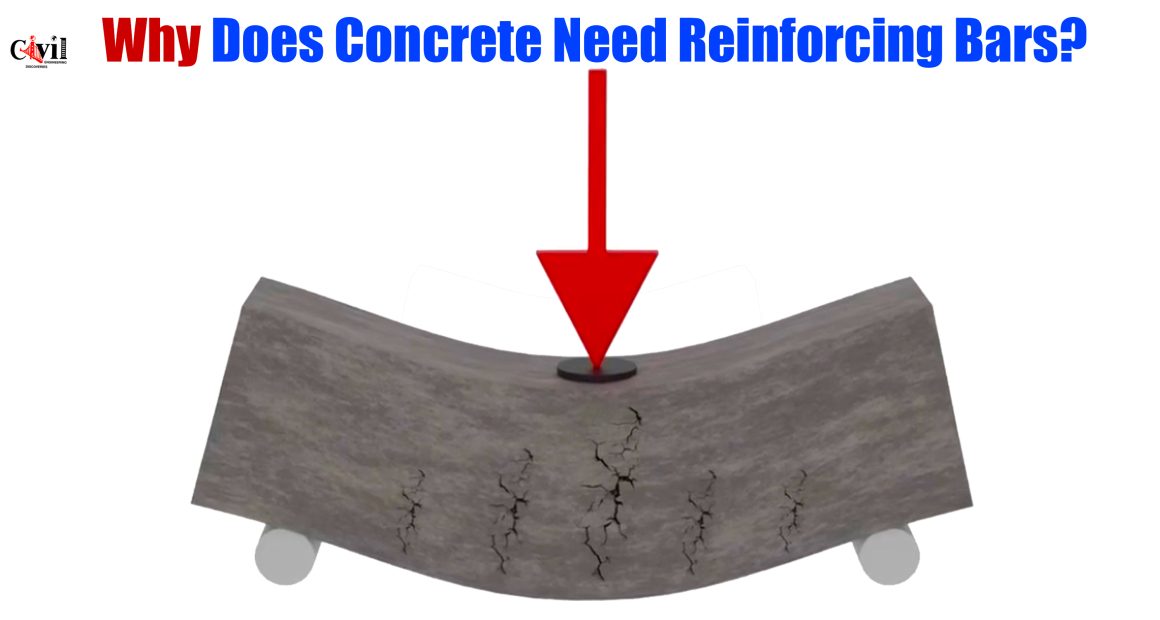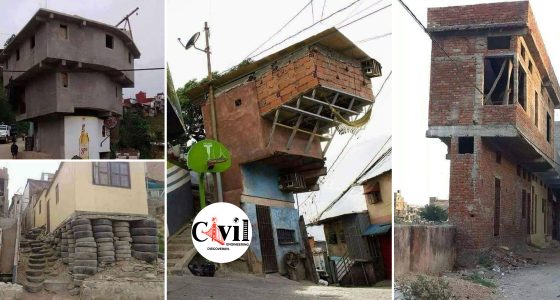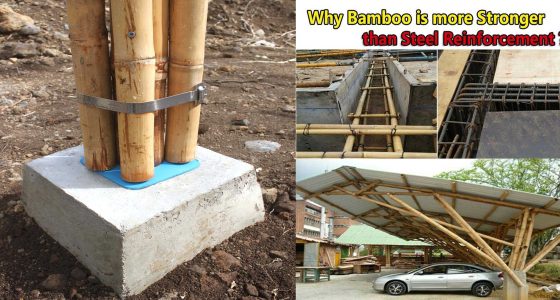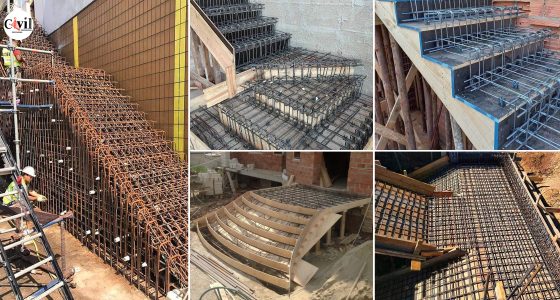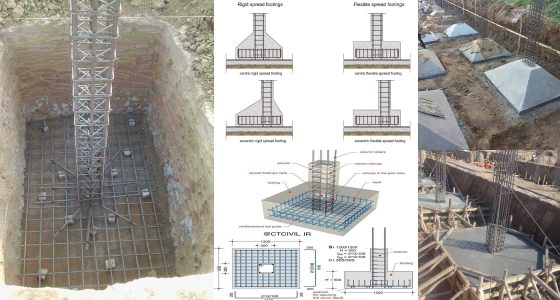Understanding Concrete’s Strength Limitations
Concrete is widely used in construction due to its high compressive strength. However, it lacks the ability to handle tensile forces effectively. When exposed to external loads, concrete structures experience both compression and tension. Without reinforcement, the tensile stress can cause cracks and structural failure.
The Role of Reinforcing Bars in Concrete Structures
Reinforcing bars, commonly known as rebar, are essential in improving concrete’s durability. These bars absorb tensile forces and transfer them to areas with lower tension. This reinforcement prevents cracking and enhances the overall stability of structures.
How Reinforcement Works in Concrete
Rebars are strategically placed within concrete to maximize strength. When the structure experiences stress, the rebar resists tensile forces while concrete handles compression. This combination creates a reliable and long-lasting material suitable for bridges, buildings, and other infrastructure projects.
Benefits of Reinforcing Bars in Concrete
1. Increased Structural Integrity
Reinforcement ensures that concrete can withstand heavy loads without failure. This is crucial in high-rise buildings, bridges, and highways where strength is paramount.
2. Prevention of Cracking and Shrinkage
Over time, concrete can develop cracks due to shrinkage or external stress. Rebars help distribute these forces, reducing the likelihood of visible damage and prolonging the structure’s lifespan.
3. Improved Flexibility and Load-Bearing Capacity
Reinforced concrete can handle different types of loads, including dynamic and static forces. This makes it a preferred choice for modern engineering projects.
4. Enhanced Durability Against Environmental Factors
Exposure to weather conditions like temperature fluctuations and moisture can weaken concrete. Reinforcing bars help maintain structural stability, preventing rapid deterioration.
Types of Reinforcing Bars Used in Concrete
Different types of rebars are used depending on the project requirements. These include:
- Mild Steel Bars – Commonly used in small-scale construction.
- Deformed Bars – Provide better bonding with concrete due to their ribbed surface.
- Epoxy-Coated Rebars – Offer corrosion resistance for marine and humid environments.
- Glass Fiber Reinforced Polymer (GFRP) Bars – Lightweight and resistant to corrosion, ideal for special applications.
Conclusion
Reinforcing bars play a vital role in ensuring the strength and durability of concrete structures. Without them, concrete would be prone to cracks and failure under tension. By incorporating rebar, engineers create resilient buildings and infrastructure capable of withstanding various loads and environmental challenges.
Click Here To See ssential Rules For Designing Earthquake-Resistant Reinforced Concrete Buildings
